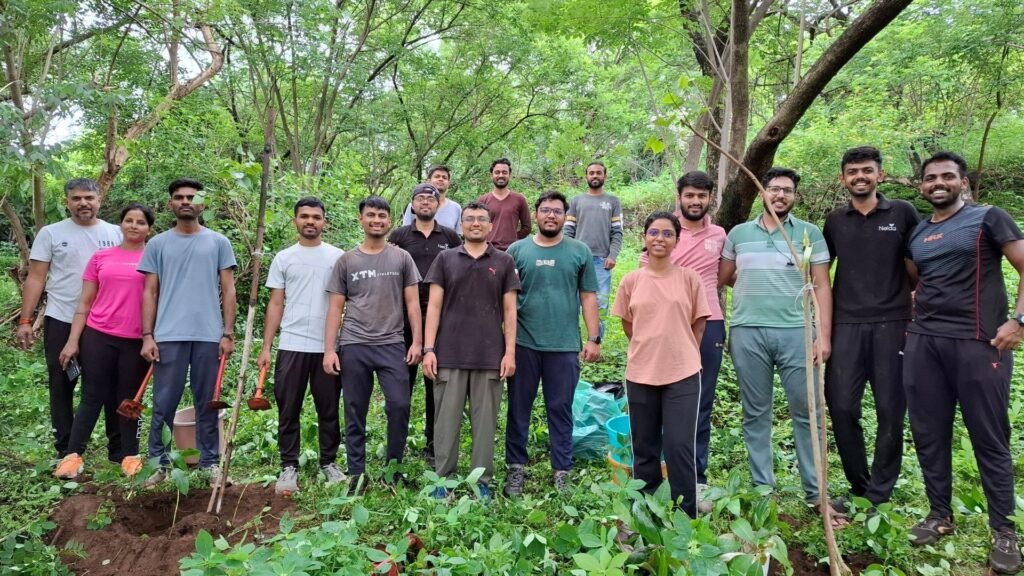Are the environmental New Laws in India making it harder or easier to plant a tree in your city?
Can a single law decide if your favourite tree stays or gets chopped down tomorrow?
These are no longer hypothetical questions, because New Laws in India are transforming how trees, green spaces, and urban environments are protected in 2025.
Whether you’re a passionate tree planter, a sustainability advocate, or someone simply trying to get permission to cut or prune a tree, knowing the New Laws in India is now essential.
India is seeing a legal green revolution.
From canopy-based green credit systems to stricter penalties for illegal felling, the country is rewriting how we engage with our environment, legally and practically.
These laws directly affect your ability to plant, protect, or even remove a tree, whether on farmland, in cities, or your backyard.
In this detailed blog, we break down 10 New Laws in India that are changing the game for green spaces and tree protection in 2025.
Each section is easy to understand, packed with actionable takeaways, and backed by high-authority sources, helping you navigate planting or preserving trees the right way.
And if it all feels overwhelming, don’t worry, Nelda Foundation is here to help.
Why “New Laws in India” Matter for Tree Planters in 2025?

India stands at a turning point in its environmental journey, where “New Laws in India” are becoming essential not just for bureaucratic regulation but for the protection of green spaces and tree ecosystems under threat.
As urbanisation expands and climate change accelerates, trees are no longer viewed as decorative elements but as vital environmental infrastructure.
These new laws are creating a framework where trees are protected, promoted, and prioritized, especially for those involved in planting them. Here’s why these laws truly matter for tree lovers and planters in 2025.
Urban expansion is happening at a rapid pace, consuming natural habitats that once flourished.
Between 2000 and 2020, urban land in India increased by more than 50%, much of it by clearing parks, wetlands, and green belts. Infrastructure projects like highways, metros, and commercial developments have led to the mass felling of trees, often without proper replanting or legal accountability.
This is where the new laws in India bring a crucial change.
They introduce legal checks on deforestation, mandate compensatory plantation, and ensure that environmental clearances are not bypassed for urban growth.
Urban planners are now required to embed greenery into city blueprints rather than treat it as an afterthought.
Furthermore, with India recording more frequent heatwaves that push temperatures above 45°C, trees have become frontline warriors in climate resilience.
Tree canopies naturally cool the environment, reduce air-conditioning dependence, mitigate floods through better water retention, and help combat the urban heat island effect.
By integrating tree preservation into city climate action plans, the new laws are positioning trees as functional, life-saving assets rather than just aesthetic additions.
10 New Laws in India Affecting Green Spaces & Tree Protection in 2025
Below you’ll find ten significant legal changes (or evolving rules) that intersect with tree plantation, protection, and green spaces in 2025.
1. Model Rules for Felling on Agricultural Land & Why it’s a Gamechanger

The introduction of Model Rules for Felling Trees in Agricultural Lands (2025) is among the most foundational New Laws in India this year. moef.gov.in+2JICE IAS -+2
What changed:
- States are encouraged to adopt a harmonized rule set, reducing conflicting state-level rules.
- Landowners need to register plantations via the National Timber Management System (NTMS) with land details, species, planting dates, etc. moef.gov.in+1
- Felling permits will be required for cases exceeding certain tree counts; under small thresholds, a No Objection Certificate (NOC) may suffice. moef.gov.in
- Verifying agencies will conduct field inspections and audits before permit issuance. moef.gov.in
- There are penalties for unauthorized felling, and rules may override conflicting older state rules. moef.gov.in
How this affects you:
- Farmers cannot indiscriminately cut trees on farmland without following rules.
- Plantation must be documented from day one.
- If you plan a community agroforestry drive, compliance will be key , Nelda Foundation can support registration, auditing, and ensuring your planting scheme is valid.
2. Green Credits Reconfigured, Canopy, Survival & Timing

One of the most visible New Laws in India shifts how tree planting is rewarded: green credit methodology.
Core changes:
- Credits are awarded only after five years, not immediately.
- A minimum canopy density of 40% must be achieved for a plot to qualify.
- Credits become non-tradable, except in limited intra-company transfers.
- Earlier methods focused on “trees per hectare” (e.g. 1,100 trees) are superseded.
Implications:
- If you plant 1,000 saplings but half die, your green credit may be null.
- Choosing wide-crown, slow-but-strong species becomes more valuable.
- Project plans must emphasize survival, maintenance, watering, soil care.
- Nelda Foundation’s technical team can help estimate canopy growth trajectories to ensure you qualify for credits.
3. NGT Order in Haryana, DFO Approval for Tree Felling

In a critical judicial directive, the National Green Tribunal (NGT) has extended regulatory oversight into non-forest lands in Haryana.
Key aspects:
- No tree (public or private land) in non-forest areas may be cut without Divisional Forest Officer (DFO) approval. The Times of India
- The applicant must submit species, land details, purpose, and likely replanting proposals.
- The DFO is bound to decide within 90 days.
- For every tree felled, planting of at least 3 indigenous trees is mandated
- Penalties and environmental compensation may apply for noncompliance.
Takeaways for you:
- Even private garden or orchard trees fall under this regulation.
- Prepare detailed proposals before cutting any tree.
- Work with legal and technical partners (like Nelda) to avoid rejections or penalties.
4. Punjab’s Tree Protection Act (Draft), Ban + Replanting
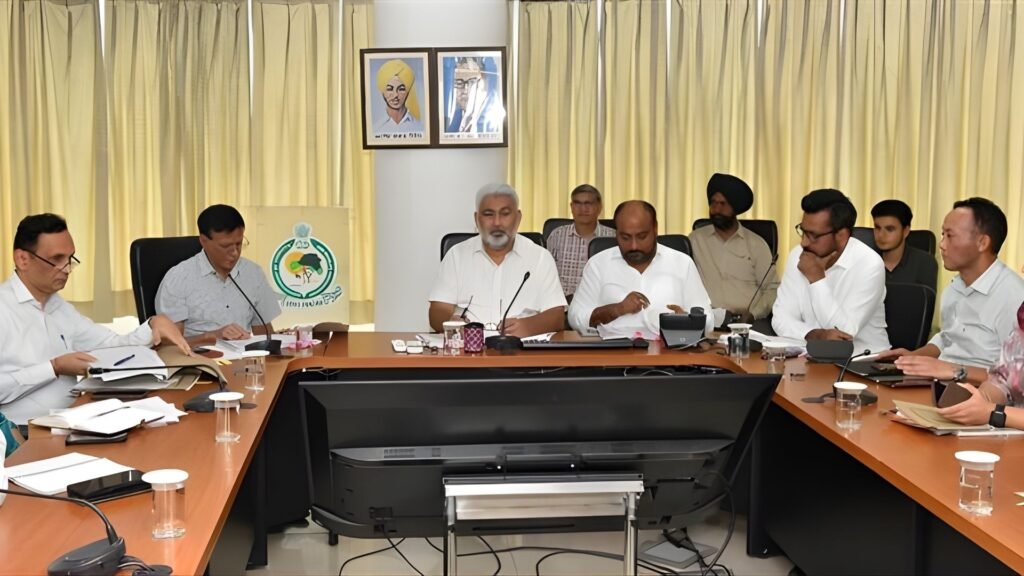
Punjab is pushing to legislate one of the stricter New Laws in India for urban tree protection via its draft Punjab Protection of Trees Act, 2025. The Tribune+4Unravel+4The Times of India+4
Highlights:
- In urban areas, no tree may be cut, removed or disposed of , except if dead or fallen naturally. The Times of India+1
- A tree officer is mandated in every urban local body to process permissions. Unravel+1
- For every tree granted permission to cut, the person must plant and tend 2 replacement trees. Unravel
- If land is not available, money may be deposited in state treasury. Unravel+1
- Decision timelines: 30 days for normal cases; 7 days for dead trees. Unravel
- Penalties: first offence fine ₹5,000; ongoing violations up to ₹50,000. Unauthorized cutting: fine up to ₹10,000 per tree. Unravel
- The draft also proposes a 33% green cover requirement in development projects and periodic tree censuses. The Wire
What you should do:
- If you live in Punjab’s urban zones, never act unilaterally , always file with the tree officer.
- Plan to plant extra saplings to meet replanting obligations.
- Nelda Foundation can assist in drafting proposals, ensuring compliance, and community advocacy around final wording.
5. Rajasthan High Court: 10 Trees Replaced for 1 Felling
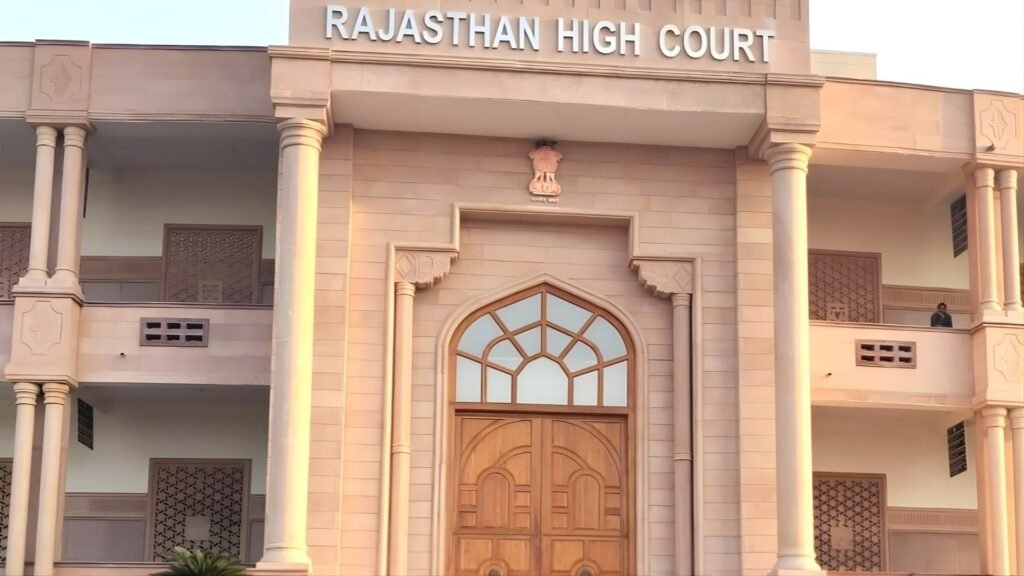
One of the more dramatic judicial directions functioning effectively as a New Law in India is the Rajasthan High Court’s order mandating 10 new trees for every one felled. JICE IAS –
What it mandates:
- In development and beautification projects, for every tree cut, 10 must be planted.
- The court emphasized ecological balance and sustainability in urban planning.
Implications:
- Development projects must budget heavily for replanting.
- NGOs and citizen groups can cite this direction in local petitions.
- Nelda Foundation can help local governments or communities design planting plans that satisfy or exceed this ratio.
6. Stronger Fines & Zone‑based Protections (Supreme Court & Others)
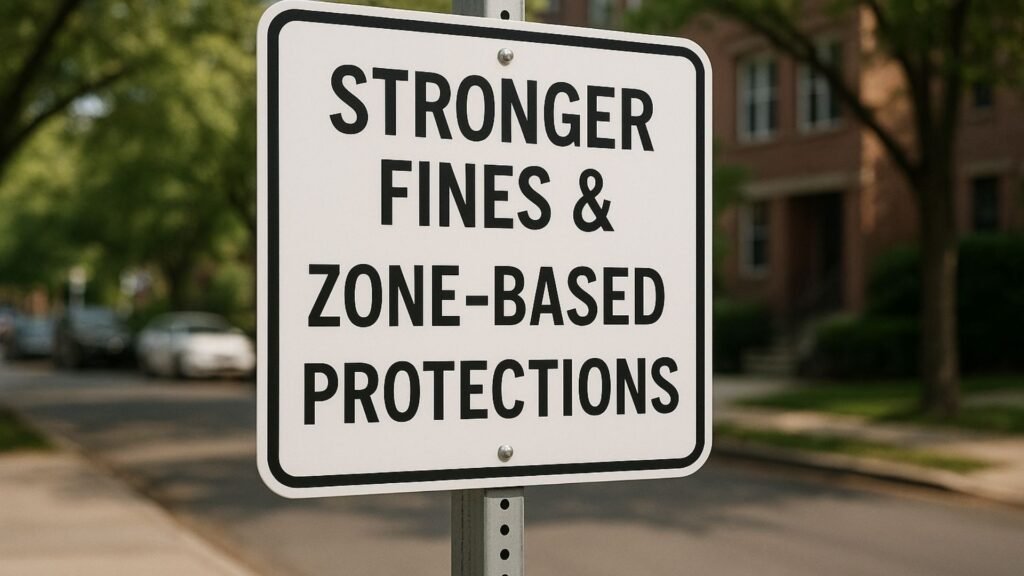
In ecological and sensitive zones, felling trees now carries weighty fines and restrictions under New Laws in India.
- In zones like the Taj Trapezium, illegal tree cutting may carry ₹25,000 fine per tree backed by Forest Act powers and Supreme Court orders. Global Agriculture
- Courts and tribunal orders frequently reinforce that violations in sensitive zones attract harsher treatment.
Advice:
- Always verify whether your land is in or near protected or eco‑sensitive zones.
- When uncertain, consult experts (such as at Nelda Foundation) to ensure you stay lawful.
7. Delhi’s SOP & CEC Oversight for Large Tree Projects
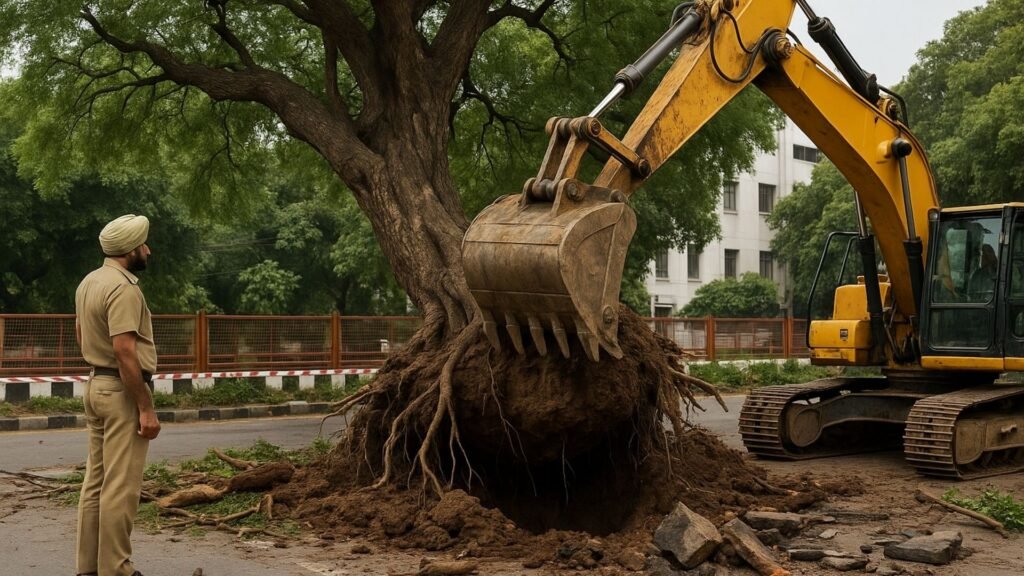
In Delhi, New Laws in India are expressed via procedural rules under existing statutes, especially for larger projects. The Times of India
What changed:
- Any plan to fell or transplant 50 or more trees must be reviewed by the Supreme Court’s Central Empowered Committee (CEC). The Times of India
- Earlier, CEC oversight was limited only to ridge or special zones; now it applies citywide for bulk tree actions. The Times of India
What this means:
- Big projects in Delhi need upgraded procedural compliance and may face delays.
- Partnering with legal/technical organizations (like Nelda) becomes crucial for smoother planning.
8. NGT & Local Interim Orders Over Tree Cutting Outside Forest Zones
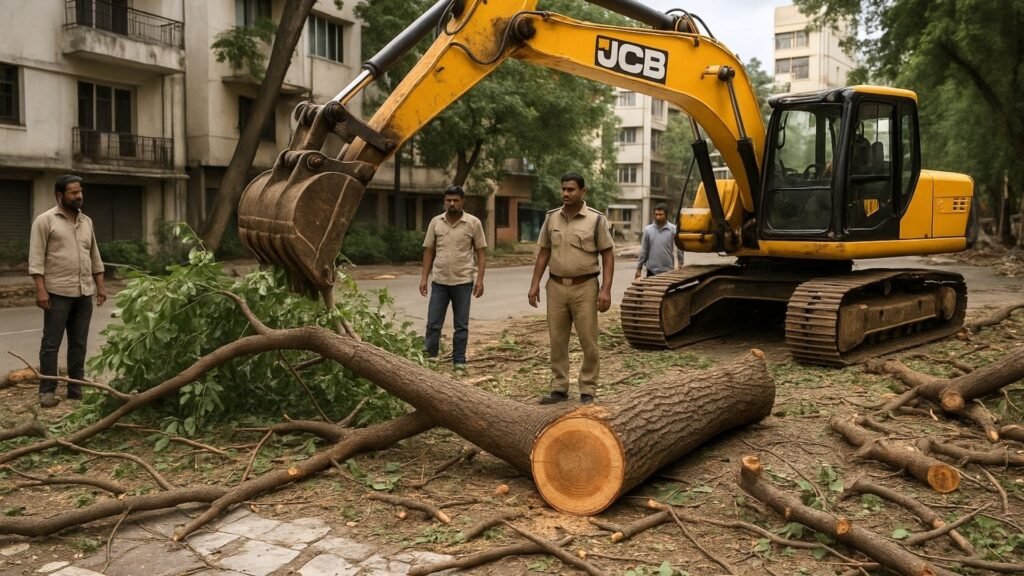
Often, even where no formal law exists, New Laws in India emerge via judicial or tribunal orders.
Examples:
- In Delhi, RWAs (residents’ groups) were fined for unauthorized tree felling under the Delhi Preservation of Trees Act (DPTA).
- In another case, the NGT held Delhi Police accountable for removing a Peepal tree and ordered compensatory plantation.
Lesson:
- Always check for active local NGT / High Court orders in your city.
- You may face retrospective penalties even if no new law was passed.
- Nelda Foundation monitors tribunal orders and can warn local communities.
9. Reforms in Compensatory Afforestation & Private Land Participation
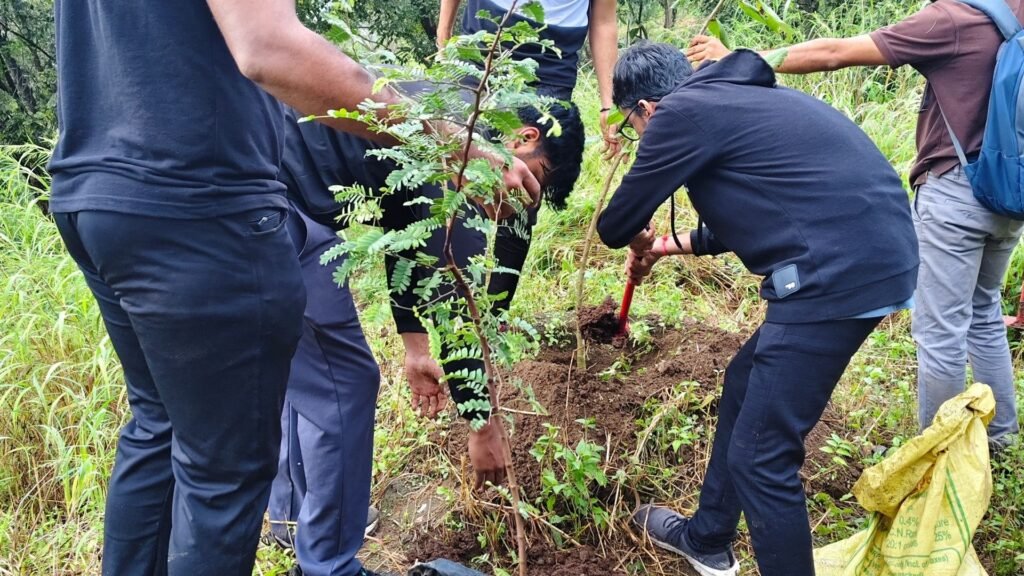
Under New Laws in India, compensatory afforestation rules are being relaxed to include private lands and plantations as valid sites. Global Agriculture+1
What’s new:
- Developers needing to divert forest land may now plant compensatory trees on private land, not just government land.
- Landowners may partner with developers or NGOs to host compensatory planting.
How to leverage this:
- If you own non‑forest land, explore entering compensatory afforestation deals.
- Nelda Foundation can mediate between project proponents and landowners to structure legal, beneficial agreements.
10. Municipal & Local Tree Bylaws, Enforcement at Your Doorstep
Often, New Laws in India manifest through local bylaws and municipal tree protection rules.
- Municipal bodies are now more proactive in appointing tree officers and enforcing penalties for unauthorized felling or pruning. The Times of India+1
- Local bylaws may impose stricter fines, demand replacement saplings, or require GIS mapping of urban trees.
For you:
- Before planting or pruning, check your municipal bylaw (city corporation, RWA, etc.).
- Engage with your municipal body to adopt or strengthen tree bylaws.
- Nelda Foundation helps grassroots communities push for robust local tree protection measures.
How to Leverage These New Laws in India for Tree Plantation Success?

To make sure your tree planting (whether small or large) aligns with the evolving legal landscape, follow these steps:
- Map applicable laws & orders: Identify which New Laws in India apply,state acts, NGT orders, municipal bylaws in your region.
- Choose right species & layout: Because green credit and many laws emphasize canopy, choose species that grow broad crowns and survive local conditions.
- Register and document from day one: Use portals (like NTMS), geotagging, photos, species logs,document every sapling and planting event.
- Apply for permissions early: Many laws require prior approval, with deadlines (e.g. 90 days DFO in Haryana). Don’t cut first.
- Budget buffer for mortality and replacement: Many laws demand 2×, 3×, or 10× replacement ratios. Account for sapling failures and overplant.
- Use audits, verification, third-party oversight: Some schemes require audit reports. Engage environmental consultants or credible partners, Nelda can help coordinate.
- Monitor local court / tribunal orders: New NGT or High Court order may suddenly restrict cutting or require new compensation.
- Engage with municipal bodies: Advocate for better bylaws, open tree officer dialogues, citizen oversight committees.
- Collaborate for compensatory afforestation: If you own private land, partner with diversion projects (if allowed) to host compensatory plantations.
- Think long-term and maintain aggressively: Many laws judge your plantation at 5 years or more. Watering, protection, soil health must be sustained.
Key Challenges in Implementing Tree Protection Laws in India (2025)
While the New Laws in India are a step in the right direction, enforcing them effectively on the ground presents several real-world challenges. Here’s what stands in the way of full impact:
1. Lack of Public Awareness
Challenge:
Many people are unaware that pruning, cutting, or even transplanting a tree now requires permission under new regulations. This leads to accidental violations and low compliance.
Solution:
- Run public education campaigns via social media, schools, and local news.
- Create simple, multilingual guides explaining the legal dos and don’ts.
- NGOs like Nelda Foundation can conduct on-ground awareness drives and workshops in urban and rural areas.
2. Inconsistent State Implementation
Challenge:
The Model Rules and tree protection frameworks are not uniformly adopted across Indian states. Some have clear laws (e.g., Punjab), others are still relying on outdated forest acts.
Solution:
- Advocate for national-level standardization and incentives for state adoption.
- Work with state governments to localize model laws to their context.
- NGOs and citizen groups can lobby state assemblies for faster implementation.
3. Weak Enforcement by Local Authorities
Challenge:
Even when rules exist, local bodies often fail to enforce them. Authorities may fail to appoint tree officers, allow illegal fellings to go unchecked, and rarely impose fines.
Solution:
- Push for accountability frameworks,track appointments of tree officers and enforcement metrics.
- Set up green community watchdog groups to report violations.
- Use RTIs and PILs to ensure laws are being followed, especially in municipalities.
4. Bureaucratic Delays in Permits & Credits
Challenge:
Getting a permit to fell or transplant a tree can take months due to unclear processes, poor digital systems, or under-trained staff.
Similarly, claiming green credits is difficult for common citizens.
Solution:
- Simplify approval workflows with digital portals (e.g., expand NTMS use across states).
- Train government staff in forestry and environmental law.
- Nelda Foundation can offer consultation and support for community members filing permits or applying for credits.
5. Low Survival Rate of Planted Trees
Challenge:
Many trees planted as part of compensatory plantation efforts don’t survive due to lack of watering, care, protection from grazing, or unsuitable species selection.
Solution:
- Promote native, climate-resilient species with higher survival rates.
- Mandate third-party monitoring for survival (not just planting numbers).
- Encourage long-term “adopt-a-tree” programs to assign maintenance responsibility.
- Nelda Foundation ensures post-plantation care through local volunteer networks.
6. Urban Development Pressure on Green Zones
Challenge:
Urban infrastructure projects often prioritize roads, buildings, and flyovers over green spaces.
Tree loss is justified as “collateral damage,” even when avoidable.
Solution:
- Make tree audits and canopy impact assessments compulsory before project approvals.
- Use legal tools to demand revised project designs that retain trees.
- Educate city planners and architects on eco-sensitive urban design.
- Nelda Foundation partners with urban bodies to plan green buffer zones alongside development.
7. Limited Community Involvement
Challenge:
Tree plantation and protection are often viewed as a government responsibility. Citizens feel disconnected or unsure how to contribute legally and effectively.
Solution:
- Build community-based green clubs, especially in housing societies and schools.
- Encourage resident welfare associations (RWAs) to take ownership of local green areas.
- Offer recognition or small grants for volunteer-led monitoring, reporting, and planting.
- Nelda Foundation actively trains and mobilizes volunteers through regular drives.
Top Benefits of the New Laws in India for Green Spaces & Tree Protection
1. Legal Protection for Urban Trees
New laws recognize trees as essential infrastructure, not obstacles to development.
Benefit: Urban greenery gets legal defense, not just civic sympathy.
2. Mandatory Compensatory Afforestation
Now, for every tree cut, authorities must plant up to 10 new trees and monitor their survival.
Benefit: It’s not just about planting, but ensuring saplings survive, creating long-term green impact.
3. Stricter Environmental Clearances
Projects must now pass updated environmental impact assessments, including green space metrics and biodiversity counts.
Benefit: Authorities no longer rubber-stamp the destruction of green areas.
4. Satellite & GIS-Based Monitoring
Authorities now track green cover using real-time GIS data and satellite tools.
Benefit: Authorities can now detect illegal tree felling quickly and take action.
5. Increased Public Involvement
Some states mandate public consultation before felling heritage or old-growth trees.
Benefit: Local communities get a voice in preserving their environment.
6. Green Credits & Tax Incentives
Citizens and builders who plant and maintain trees may now qualify for green credits, rebates, or local tax incentives.
Benefit: Eco-friendly action becomes personally rewarding too.
7. Support for NGOs & Citizen Groups
Laws now include special provisions for collaborating with NGOs on tree audits, plantation drives, and green policy planning.
Benefit: Nelda Foundation now leads systemic change with greater legal and institutional support.
The New Laws in India are not just rules, they are tools for transformation.
For individuals and groups invested in tree plantation, these laws offer the structure, backing, and authority to protect green spaces, ensure accountability, and create lasting environmental change.
Want to get involved in plantation or advocacy? Nelda Foundation can guide you.
How Nelda Helps You Take Action for the Planet?
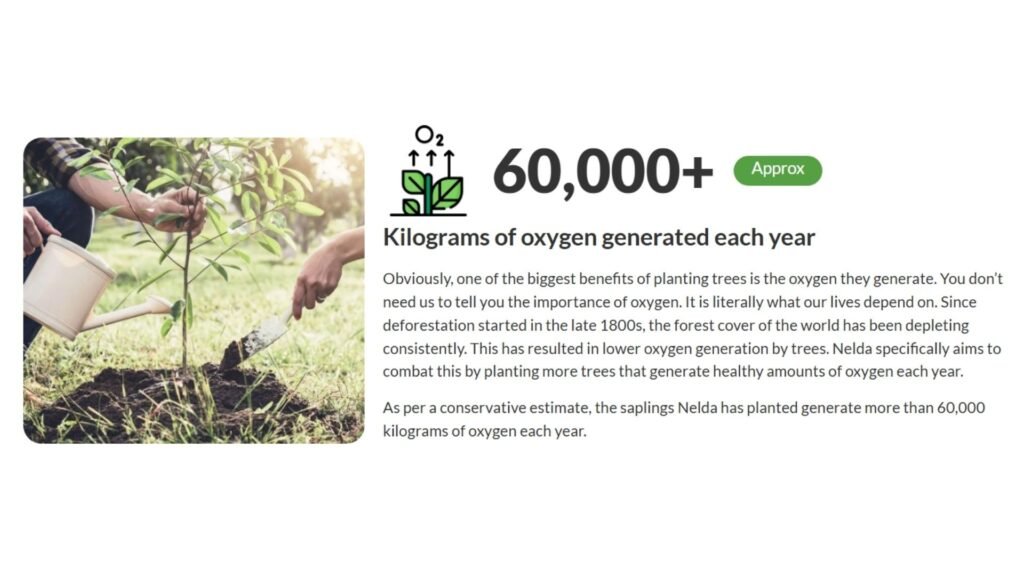
Nelda Foundation plays a vital role in turning these New Laws in India into real, visible action on the ground.
Whether you’re an individual looking to plant trees, a citizen concerned about deforestation, or a group aiming to protect green spaces in your locality, Nelda gives you the tools, knowledge, and community to make it happen.
From organizing large-scale plantation drives and educating the public about environmental rights to collaborating with local authorities for legal permissions and compliance, Nelda ensures that your tree-planting efforts are not just passionate, but also powerful and protected.
Their team offers field support, guidance on the right species to plant, and training on aftercare, ensuring saplings survive and thrive.
By aligning their initiatives with the latest legal frameworks, Nelda also helps you stay compliant while making an environmental impact.
Ultimately, Nelda empowers you to be a part of the solution, not just a spectator.
Whether it’s advocating for green policies or nurturing trees that will live for decades, Nelda is your committed partner in building a greener India.
Conclusion
The New Laws in India coming into force in 2025 are sweeping changes for anyone who cares about planting, preserving, or protecting trees.
From model rules on farmland, forest law amendments, state statutes like Punjab’s, judicial pronouncements, green credit reworking, to municipal bylaws, tree protection has entered a new legal era.
You don’t have to navigate this alone. Nelda Foundation forges paths for legal, impactful tree plantation across India.
Whether you’re planting 10 saplings in your community park or initiating a large greening project, we can partner with you.
Ready to plant legally, effectively, and sustainably? Reach out to Nelda Foundation today. Let’s decode the New Laws in India together and grow a greener tomorrow.
Contact us, volunteer, or join a local plantation event with us now!
FAQs
Q: What exactly qualifies as tree felling under the new laws?
A: Any removal, cutting, uprooting, pruning that causes serious damage may qualify. Many acts define exceptions (dead tree, fallen naturally). Always check local definitions.
Q: Do I need permission to trim branches?
A: Possibly yes. Some urban bylaws treat major pruning as tree removal. When in doubt, check with local tree officers.

